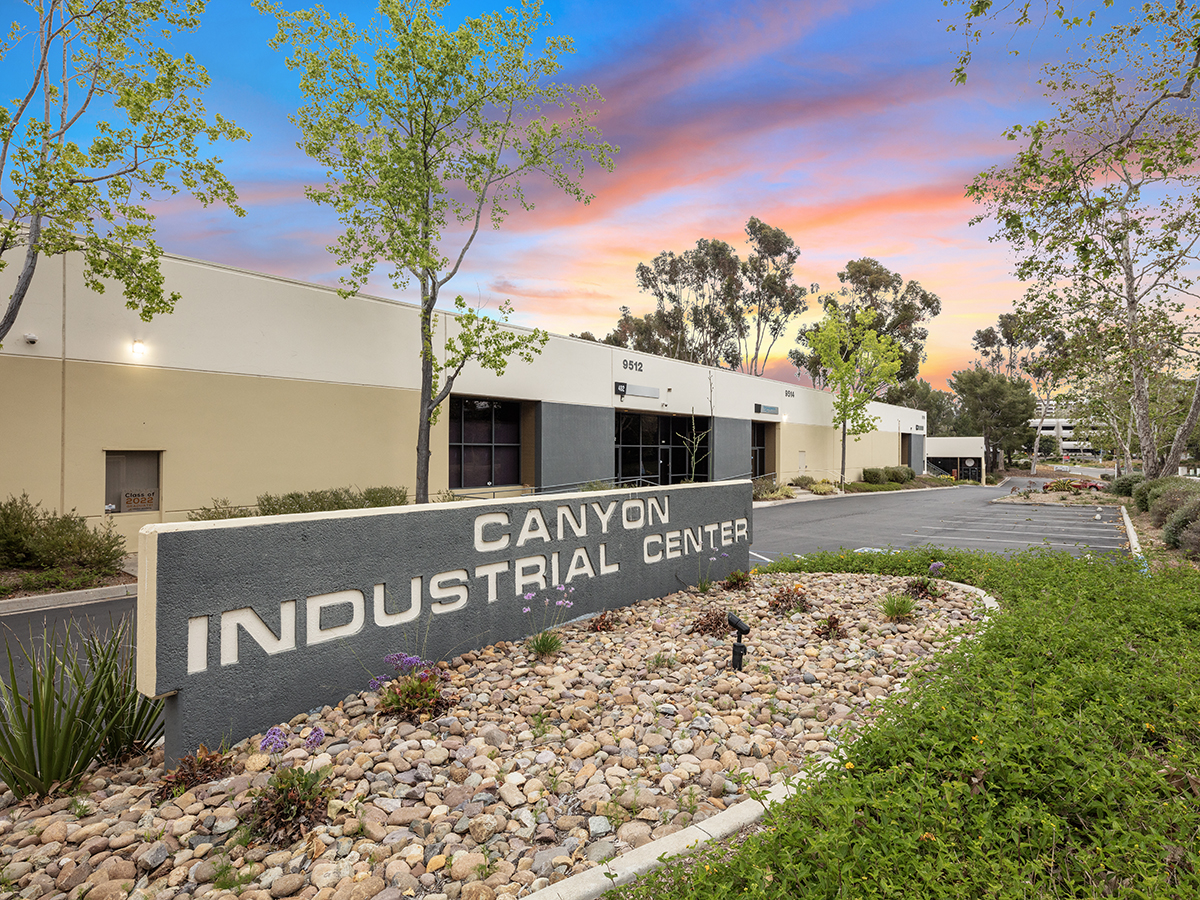REIT Growth in a Dividend-Driven Environment
While the net lease REIT industry has grown into an investment class of its own because of its stable, risk-adjusted returns, there is an important component missing from these REITs' underwriting, argues Generation Income Properties Founder & CEO David Sobelman.
By David Sobelman, Founder & CEO, Generation Income Properties
 There are currently 15 net lease REITs that each have their own philosophy on what type of assets they acquire. Some invest solely in industrial assets, some retail assets, gas stations, or they may even be agnostic on property type but seek out non-credit tenancy. However, it wasn’t that long ago—less than 20 years—that most of these companies were either completely non-existent or few people in the investment community (money managers, broker dealers, average investors, wall street analysts, etc.) even knew what was entailed when discussing a triple-net leased property. The product type was essentially unknown, let alone the concept of a collection of properties to form an entire REIT comprised of just these assets.
There are currently 15 net lease REITs that each have their own philosophy on what type of assets they acquire. Some invest solely in industrial assets, some retail assets, gas stations, or they may even be agnostic on property type but seek out non-credit tenancy. However, it wasn’t that long ago—less than 20 years—that most of these companies were either completely non-existent or few people in the investment community (money managers, broker dealers, average investors, wall street analysts, etc.) even knew what was entailed when discussing a triple-net leased property. The product type was essentially unknown, let alone the concept of a collection of properties to form an entire REIT comprised of just these assets.
Today, this $100 billion-plus enterprise value industry has morphed into an investment class of its own, entering into the forefront of stable-return investors’ minds, usually with great fanfare. I’ve had the privilege of working with thousands of people in my 15-year tenure within the net lease industry. The conversations I have with various practitioners that have been quietly entrenched in the net lease world for 20-plus years tell me that the infancy of structuring a single-tenant, net lease property began in the 1970s. Keep in mind that REITs were initially formed in 1960. The next 40-plus years have proven that net lease investments have matured to a point that some institutional investors are comfortable with investing billions of dollars of their capital in the form of stable, risk-adjusted returns that are unmatched in other aspects of real estate investment categories.
What I believe is missing from the underwriting of 14 of the 15 net lease REITs is the simple understanding that real estate matters. Of the $100 billion-plus dollars that are currently invested throughout the net lease REIT industry, there is only one REIT that emphasizes that the most value of any real estate investment, whether it’s purchased by a REIT or a family investing for future generations, is held within the real estate itself. Many of the net lease REITs are left balancing their business models between providing a market dividend for their shareholders, making sure the debt for their portfolios matches expiring lease terms, and raising money from investors for future acquisitions. But rarely is the fundamental—and simplest—form of real estate investment taken into account when determining future and growing values: the real estate itself. In essence, has history proven that a property in the middle of Washington D.C. or New York City increases in value at a higher and faster rate than a property in the middle of Iowa?
A REIT has the pressure to pay out a minimum of 90 percent of its after-expenses revenue to its shareholders, in the form of dividends, in order to maintain its REIT status. However, when a company is not allowed to reinvest the majority of its profits back into the company, there is a constant feeling that new capital has to be raised and a constant question of, “What is more important: a dividend or stock growth?” Berkshire Hathaway, one of the most respected companies on the planet, doesn’t pay a dividend. Every dollar the company generates is poured back into operations and future acquisitions. Other high-functioning companies may pay a dividend, albeit small, in comparison to its revenues and profitability: Costco is a good example, paying about 1.00 percent.
Therefore, the REIT investor is left with the question: “Can you have both a growth company and a solid dividend payer?” If the company’s assets increase in value from the time they are purchased, then the answer is a resounding “yes.” The probability of the value increasing comes from assets that are typically purchased in geographies that allow for appreciation in a shorter period of time than in secondary and tertiary market, (i.e., New York versus Iowa.)
REITs that take advantage of their appreciating assets could be a growth stock, while also providing a dividend in line with its peer group in their respective asset classes.
David Sobelman is the founder & CEO of Generation Income Properties (a public net lease REIT) and the managing partner of net lease brokerage firm Calkain Cos.







You must be logged in to post a comment.